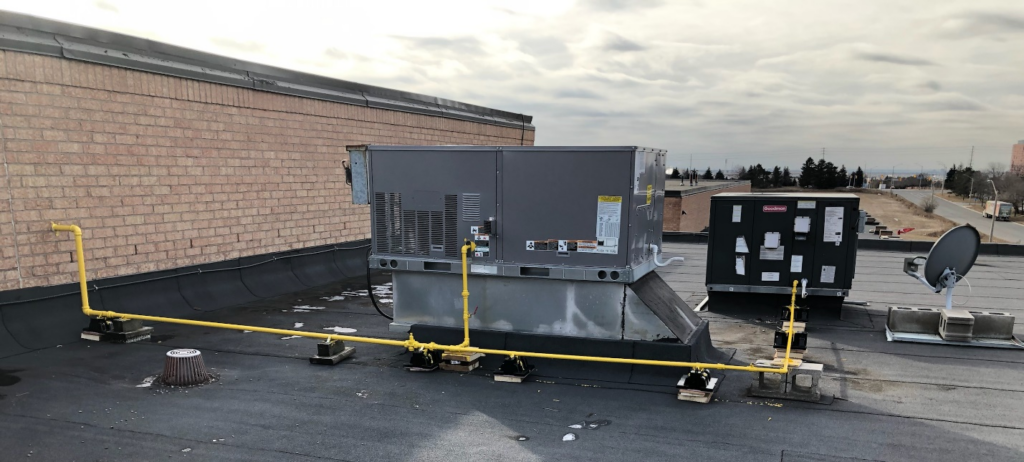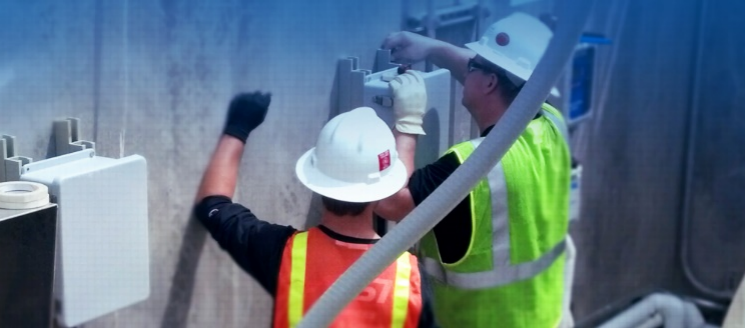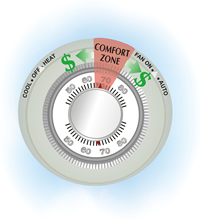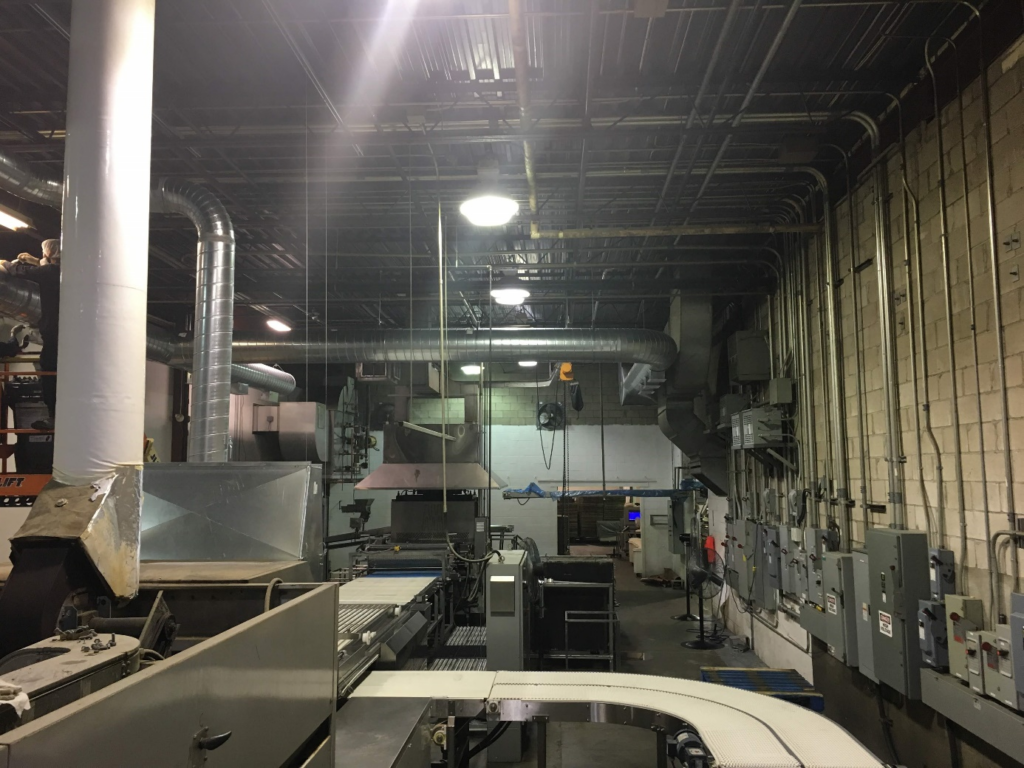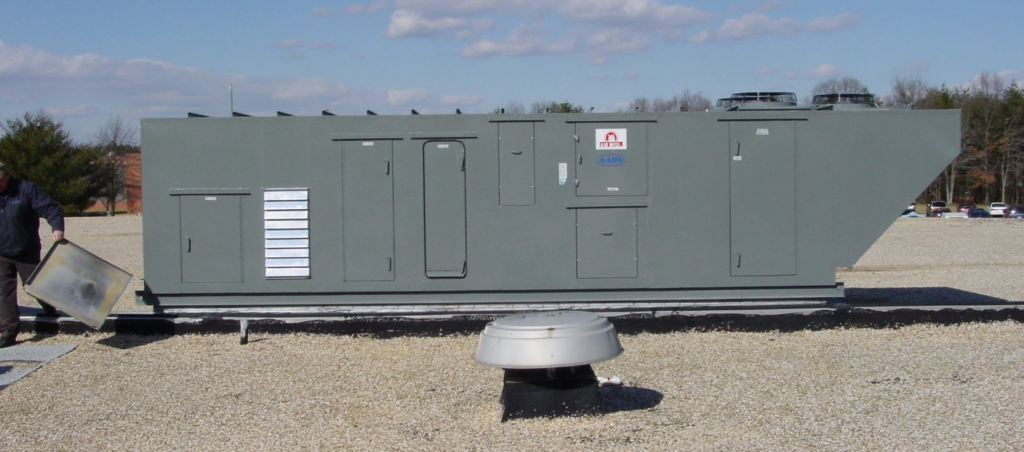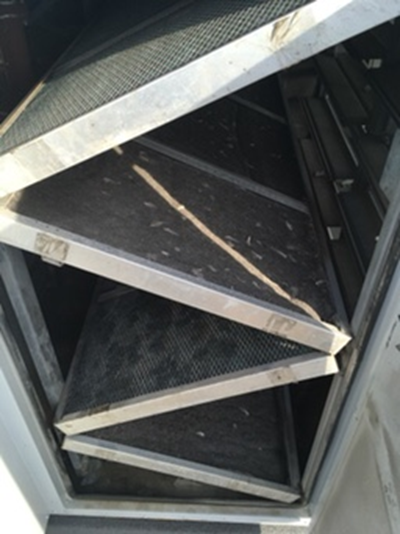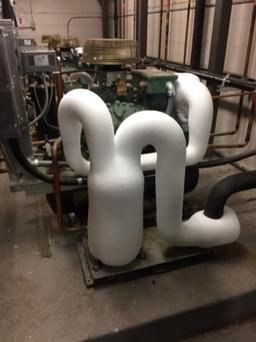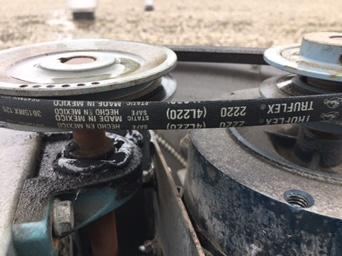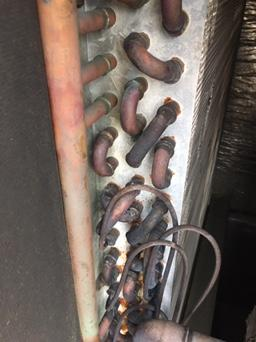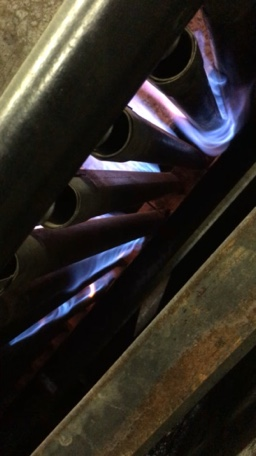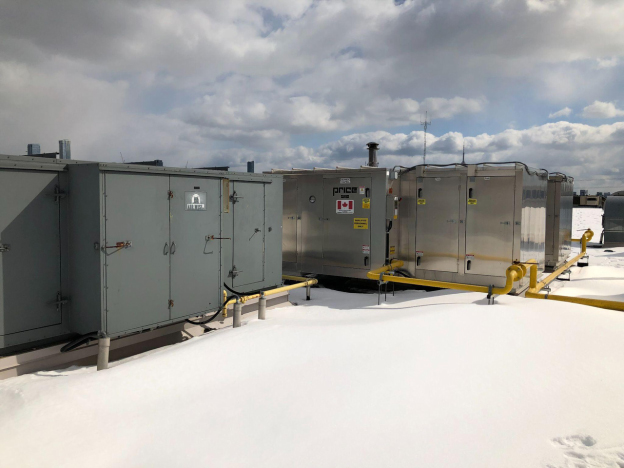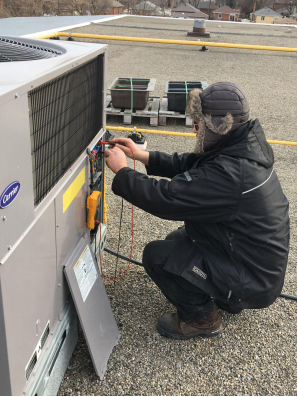A safe, efficient and reliable HVAC system is the key to creating a comfortable environment in any room, be it a residential, industrial or commercial building. Of course, any climate system needs timely maintenance and repair. Therefore, when it begins to show signs of wear, or when its service life comes to an end, perhaps you are asking yourself whether it is worth investing in its repairs or is it better to simply replace it with it? In this article we will try to answer this eternal question.
There is no obvious solution here. Whichever option you choose, it takes a lot of effort to get the HVAC system up and running. To help you make the right choice, we have compiled a list of important factors to consider.
Age of the HVAC system
The service life of the climate system depends on its size, serviced area and purpose of use. Nevertheless, as a rule, it is considered that 15–20 years is the period after which it requires replacement. Naturally, before you decide to upgrade or repair, it is better to conduct a professional assessment of the condition of all components of the system – especially if its annual inspections were not conducted during operation.
Many obsolete components, refrigerants and gases used in climate systems are removed from production in favor of more environmentally friendly counterparts. Consequently, spare parts for outdated systems may be scarce and expensive.
Cost of
One of the factors that any building owner or management company considers is the cost of replacement compared to the cost of repairs. There is one good rule here: if the cost of repairing equipment is more than 50–60% of the cost of a new one, it’s time to change it.
Naturally, budget considerations should also be taken into account, but it should be borne in mind that the new HVAC system will last much longer than the one that was simply repaired.
Energy efficiency
Energy efficiency is a hot topic in the HVAC industry. Manufacturers and suppliers have made tremendous efforts to offer customers more and more efficient systems. Due to its design features and used components, older systems are much less efficient than modern ones.
If you notice a decrease in performance or the absence of any noticeable improvements with a rising cost of operation, this means that, most likely, the system has become ineffective. Low efficiency not only harms the environment, but also lowers the comfort of building conditions, as well as inflates monthly bills.
System performance
The performance of an HVAC system is directly related to its energy efficiency. The main purpose of climate systems is to ensure indoor air quality (IAQ), which is achieved through proper ventilation and air filtration, as well as maintaining temperature conditions.
A low IAQ is associated with a number of ailments that adversely affect the quality of life, productivity, etc. These can be allergic reactions, nausea, asthma attacks, headaches and, in the worst cases, serious chronic diseases.
In this case, the new system must be installed as soon as possible.
Internal factors
Perhaps the building has a team that serves it. In that case, talk to her. This can give you a more complete picture of the state of these systems and will let you know if replacement is the preferred option.
The decision to replace or repair may be dictated by company policy. Sometimes this policy states that repair is a priority option, and this is usually determined by budget considerations. Full replacement of the system may require funds allocated for several years of operation, but when the life of the components comes to an end, the problem should be considered in the long term.
As you can see, the choice between repair and replacement is not an easy decision. Nevertheless, a lot of things speak in favor of installing a new, modern HVAC system. Energy efficiency and low operating costs are likely to compensate for initial costs.

